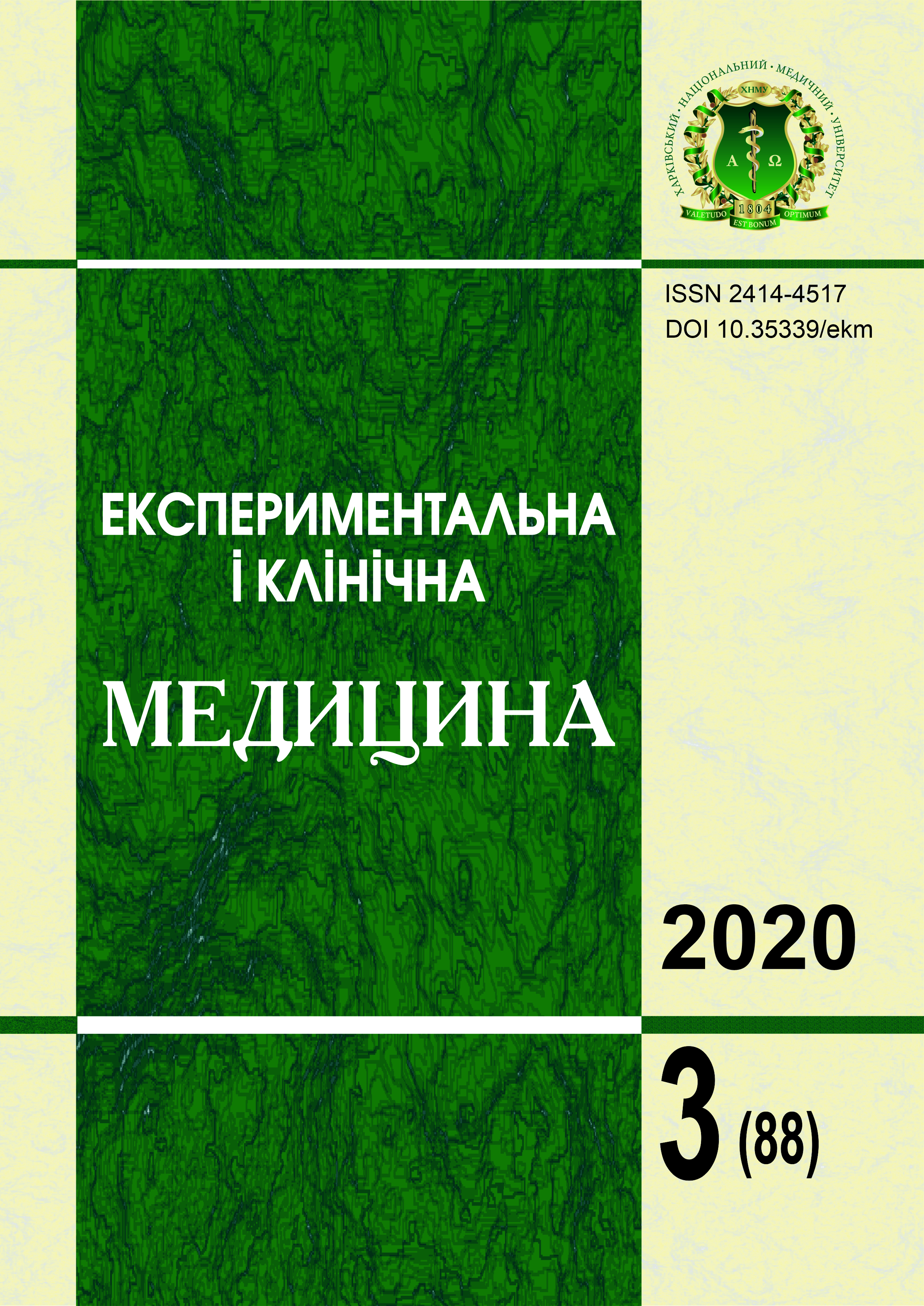Abstract
Results of medical rehabilitation of patients with consequences of unstable pelvic fractures depend upon many factors, among which the strength of fixation of fragments that makes possible early recovery of the staticodynamic function of the lower girdle is particularly important. An experimental study of the strength of threaded connections of different rods and the pelvic bone under the effect of alternate cyclic loads. The experimental studies were conducted on preparations of the pelvic bones of a pig. We used external fixation devices having rods with a cylindrical unidirectional thread and rods, where one had a right-handed thread and the other was with a left-handed thread. Cyclic alternate loads were performed with help of a shaker device. As a result of the conducted studies it has been revealed that screws with a unidirectional thread are less resistant to cyclic alternate loads. The mean value of screw unscrewing was (824±112) pm. In the device that had rods with a differently directed thread they did not unscrew at all (0 pm). We explain it by the fact that the presence of bar-connected screws with a differently directed thread creates a reciprocally interlocking structure, which counteracts self-unscrewing.
Keywords: pelvis, external fixation, rod, self-twisting.
References
Kanakaris N.K. (2009). Treatment and outcomes of pelvic malunions and nonunions: a systematic review. Clin Orthop Relat Res., 467(8), pp. 2112-2124. DOI: 10.1007/sl1999-009-0712-2.
Osterhoff G., Tiziani S., Ferguson S.J., Spreiter G., Scheyerer M.J., Spinas G.L. et al. (2014). Mechanical testing of a device for subcutaneous internal anterior pelvic ring fixation versus external pelvic ring fixation. BMC Musculoskeletal Disorders, vol. 15, article 111. DOI: 10.1186/1471-2474-15-111. PMID: 24684828.
Serdyuk A.I., Miteleva Z.M., Kasyanov A.I., Monko O.N., & Karpinsky M.Yu. (1994). Razrabotka, sozdaniye і issledovaniye upravlyayemogo vibromassazhnogo ustroystva [Development, creation and research of a controlled vibro-massage device]. Tezisy dokladov 45-y nauch konferentsii Poltavskogo ISI - Abstracts of the 45th scientific conference of Poltava ISI, part 2, p. 214, Poltava [in russian].
Aleksandrov A.V., Potapov V.D., & Derzhavin B.P. (2000). Soprotivleniye materialov [Strength of materials], m: Vysshaya shkola, 560 p. [in russian].
Karpinskiy M.Yu., Zubatyy S.S., Lavinskiy D.V., & Fomin G.G. (2000). Matematicheskoye issledovaniye mekhanicheskikh kolebatelnykh svoystv dlinnykh kostey [Mathematical study of mechanical vibrational properties of long bones]. Meditsina і... - Medicine and.... No.1, pp. 47-50 [in russian].
Nasledov A. (2011). SPSS 19: professionalnvy statisticheskiy analiz dcmnykh [Professional Statistical Analysis of Data], sankt-peterburg: piter, 400 p. [in russian].
Birger І.А., & Iosilevich G.B. (1990). Rezbovyye і flantsevyye soyedineniya [Threaded and flange connections]. m: Mashinostroyeniye, 367 p. [in russian].
Blekhman I.I., Blekhman L.I., Vasilkov V.B., Ivanov K.S., & Yakimova K.S. (2018). Ob iznose oborudovaniya v usloviyakh vibratsii і udamykh nagruzok [On equipment wear under vibration and shock loads]. Vestnik nauchno-tekhnicheskogo razvitiya - Bulletin of scientific and technical development, 11(135), pp. 3-14 [in russian].

